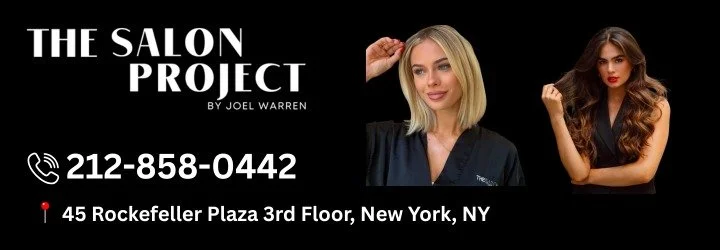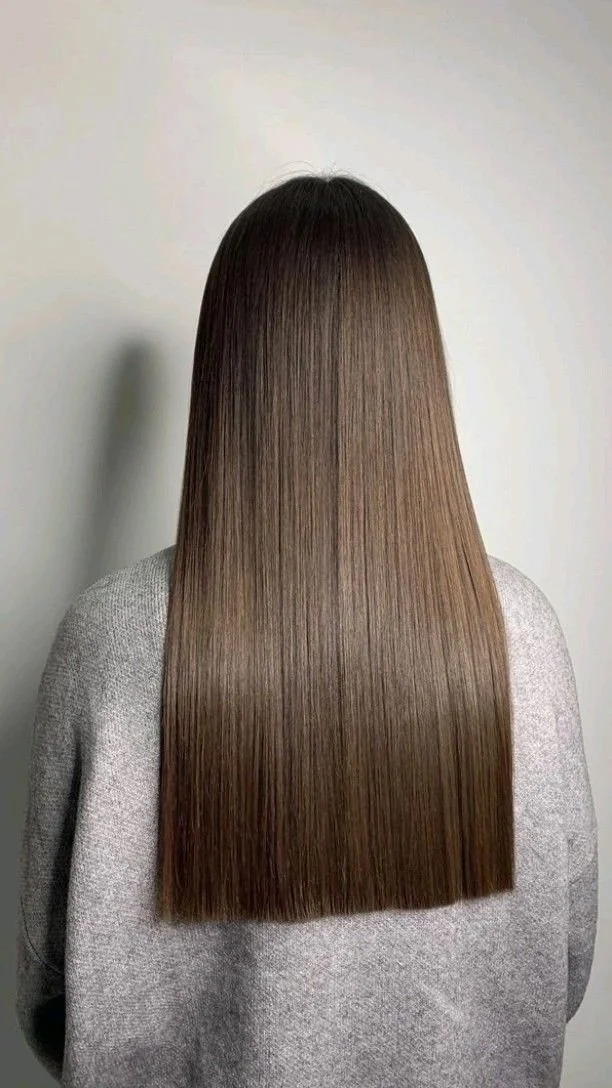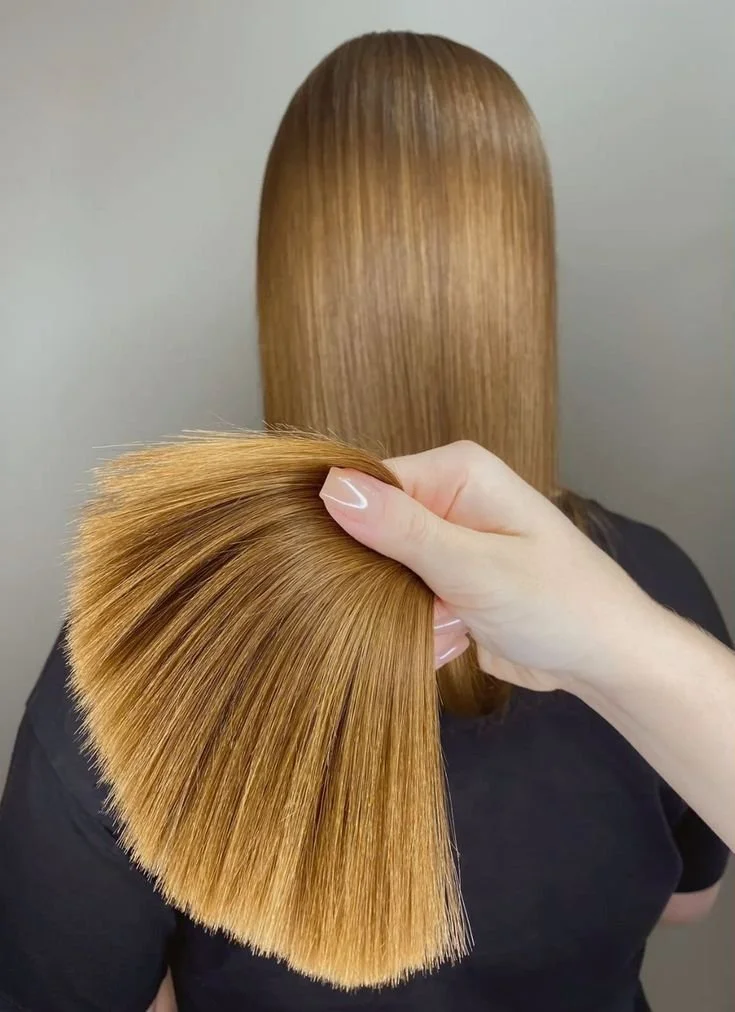How Long Does Keratin Last? A Commuter’s Guide for Humid Summers & Snowy Winters
How long does keratin last? That’s a question countless commuters ask when considering whether a keratin treatment is worth the time, money, and effort. For people navigating both humid summers and snowy winters, keratin promises smoother, frizz-free hair that holds up against environmental challenges. But the reality is, keratin treatments don’t last forever, and how long they stay effective depends on several factors—from your lifestyle to your climate and aftercare routine.
In this guide, we’ll break down everything you need to know about keratin longevity, focusing on the unique demands of living in cities with unpredictable weather patterns and daily commutes.
What Is a Keratin Treatment?
A keratin treatment is a semi-permanent hair smoothing process designed to reduce frizz, add shine, and make styling easier. It involves applying a keratin protein formula to the hair and sealing it in with heat, usually from a flat iron. Unlike relaxers or chemical straighteners, keratin treatments don’t permanently alter your hair’s natural texture; instead, they coat the hair shaft to provide temporary smoothness and manageability.
These treatments are particularly popular among commuters who need reliable hair in all conditions—whether it’s a humid subway ride in July or a brisk winter walk in February.
How Long Does Keratin Last on Average?
On average, keratin treatments last between three to five months. Some people notice results for as long as six months, while others may find their hair reverting back to its natural state within eight to ten weeks. The difference often comes down to the type of keratin treatment, your hair texture, and how you care for your hair afterward.
For example:
Brazilian keratin treatments typically last around 3–4 months.
Soft smoothing systems may last closer to 2–3 months.
Stronger formulas can extend results to 5–6 months, particularly on coarse hair.
The Role of Climate: Humid Summers vs. Snowy Winters
Humid Summers
Commuters know the struggle: you spend an hour perfecting your hair in the morning only to step outside into sticky, humid air that instantly frizzes everything. Keratin treatments act like a shield against this. In humid summers, keratin is especially valuable, but sweat and frequent washing to combat heat can shorten its lifespan.
Snowy Winters
Cold winters may not cause frizz, but they bring their own challenges. Dry indoor heating can make hair brittle, while hats and scarves cause friction that weakens the keratin layer. Exposure to snow and sleet can also lead to more frequent washes, another factor that reduces longevity.
The takeaway? Seasonal shifts play a huge role in how long your keratin lasts, so your results may vary depending on where you live.
Lifestyle Factors That Affect Keratin Longevity
Your daily habits are just as important as the treatment itself. Here are some lifestyle factors that can make your keratin treatment last longer—or fade faster:
Washing frequency: The more often you wash your hair, the faster keratin wears off. Using sulfate-free shampoos and limiting washes to 2–3 times per week can extend results.
Exercise: Sweat is salty, and salt breaks down keratin coatings. Frequent gym sessions or outdoor running in hot weather may shorten your results.
Swimming: Chlorine and saltwater are the enemies of keratin. Always wear a swim cap or rinse immediately afterward if you swim regularly.
Commuting environment: Subway steam, car heaters, or bike rides in rain can all stress treated hair. Protective hairstyles like braids or buns can help minimize exposure.
Aftercare Tips to Make Keratin Last Longer
Keratin’s longevity depends heavily on how you treat your hair after the salon visit. Here are commuter-friendly aftercare strategies:
Switch to sulfate-free shampoo and conditioner: These gentle formulas protect the keratin coating.
Limit heat styling: Ironically, while heat seals keratin in during the treatment, excessive hot tool use afterward can wear it down.
Dry shampoo for commuters: On busy mornings, dry shampoo helps reduce the need for constant washing.
Silk or satin accessories: Use silk pillowcases, scarves, or hat liners in winter to reduce friction.
Protective hairstyles: Braids, buns, or ponytails reduce exposure to environmental stress during long commutes.
Keratin vs. Other Smoothing Options
While keratin is effective, it’s not the only smoothing treatment. Understanding the differences can help you decide if keratin is truly worth it for your lifestyle.
Japanese straightening: This permanently alters the hair’s structure and lasts until new growth appears, but it requires high maintenance.
Chemical relaxers: Strong chemicals that straighten hair permanently but can cause damage with repeated use.
At-home smoothing products: Less effective and shorter-lasting than salon treatments, but budget-friendly.
For commuters who want balance—manageable hair without permanent commitment—keratin remains a strong choice.
Seasonal Adjustments: Planning Your Keratin Appointments
To maximize benefits, many commuters time their keratin treatments with seasonal changes:
Pre-summer keratin (May–June): Shields hair against humidity and sweat.
Pre-winter keratin (October–November): Prepares hair for dryness, static, and hat friction.
This approach ensures you always have smoother, easier-to-manage hair during the most challenging weather months.
Pros and Cons of Keratin Treatments
Pros
Reduces frizz and enhances shine.
Cuts down styling time, ideal for busy commuters.
Protects against humidity and light precipitation.
Semi-permanent, allowing flexibility.
Cons
Expensive (often $200–$500 per treatment).
Requires strict aftercare to maximize longevity.
Not suitable for everyone (especially very fine or heavily processed hair).
Gradual fading can be uneven, depending on your hair type.
Is Keratin Worth It for Commuters?
For many urban professionals, the answer is yes. The time saved each morning—often 20 to 30 minutes less spent blow-drying and flat-ironing—adds up quickly. Even if keratin treatments last only three months, the convenience can outweigh the cost, especially during challenging weather seasons.
The key is realistic expectations: keratin won’t permanently straighten your hair or eliminate every frizz, but it will significantly reduce the stress of maintaining your style during daily commutes.
Final Thoughts
So, how long does keratin last? Generally, between 3–5 months, though climate, lifestyle, and aftercare all influence the results. For commuters braving both humid subway platforms in July and snowy sidewalks in January, keratin can be a lifesaver.
If you’re considering the treatment, plan it around your most difficult seasons, follow aftercare religiously, and adjust your routine for maximum longevity. With the right approach, keratin becomes more than just a beauty treatment—it’s a practical commuter’s tool for smoother mornings and stress-free style all year round.




